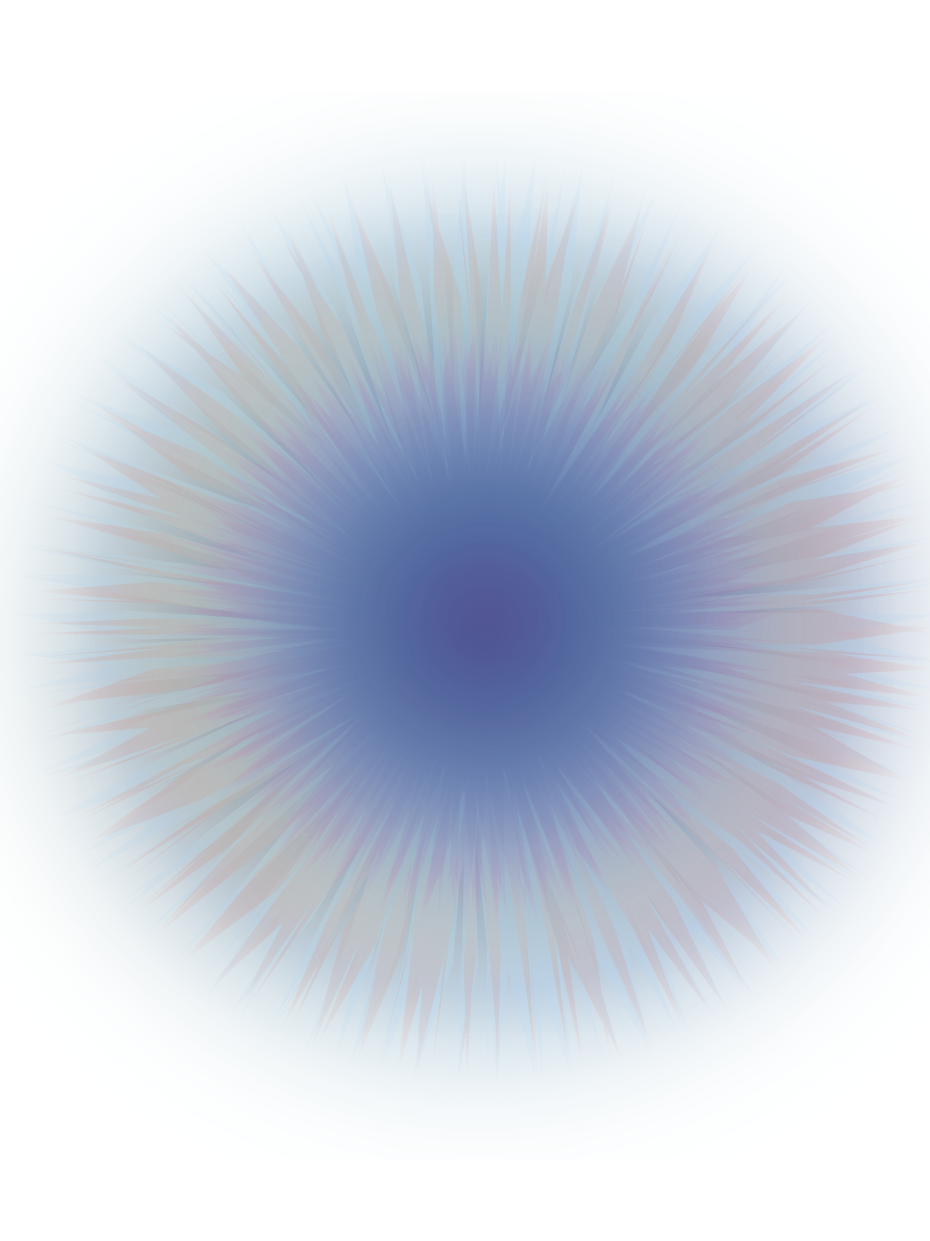“Red is a color,” an experimental video work, is shot inside a Game Engine and based on Rautenstrauch-Joest Museum’s Mongolian collection of tantric Buddhist items. There are 29 artifacts that were acquired from Mongolia in 1922 in the archive. Inspired by the timeline of the acquisition, the work is divided into 3 parts.
Part I: 1922 – Red is a color of Monastic Robe: The time of political and social transformation in Buddhist Mongolia - Eradicating religious and nomadic influences for an atheist utopia.
Part II: 1932 – Red is the color of Blood: Time of “Stalinist repression” and elimination of ethnic and religious organizations - Sedentarization and urbanization.
Part II: 1942 – Red is the color of the Capital: Time of Ulaanbaatar (translated from the Mongolian language: red hero) - Hopes of reaching the ideals of sedentary modernity.
This project is a part of a group exhibition, "Leaky Archive / Not Allowed To Rot".
08.09.-08.10.23
Location: Rautenstrauch-Joest-Museum, Cäcilienstraße 29-33, 50676 Cologne, Germany
Admission free
Admission free
Leaky Archive is a project of the Rautenstrauch-Joest-Museum (RJM). Its aim is to work collaboratively on the collections in digital and analogue spaces to make both content and structure more democratic, open and polyphonic. As part of the project, the RJM presents the exhibition Not Allowed To Rot, a collaboration with the Academy of Media Arts Cologne and the University of Fine Arts Münster.
The exhibition Not Allowed To Rot uses the ideas of leaking, moulding, living, activating, evolving, changing and disappearing to subvert the fixity of the archive. An archive that is meant to be conserved, preserved, disinfected, secure and exist beyond time. The effects and meanings of rotting and decaying are central to museums and archives. In the exhibition and its program rotting changes from a negative state or passive condition to a highly productive category.
The participants in the exhibition propose strategies to release archives from their controlling effects, to disrupt the perceived integrity of their structures and to raise consciousness of oppression. They offer methodological and thematic approaches to collections, archives and databases of colonial heritage. They tell some of the stories of the people and cultures that have created the holdings today at the Rautenstrauch-Joest Museum.
With Anastasia Comănescu, Camilla Noell, Bijun Cao, Cate Lartey, Chaya Shen, Hansol Kang & Gyeongmin Ru, Henri Schlößer, Ivonne Sheen, Jakob Mönch, Jannik Bergfeld, Jazmin Rojas Forero, Joshua Karan Singh, Kihuun Park, Lisa Felden, Luisa C. Monego, Maja Funke, Mandkhai Ariunbold, Maria Renee Morales Garcia, Martina Parisi, Mary Mikaelyan, Merle Borgmann, Mohamad Sabbah, Shuree Sarantuya, Suyeon Kim, Ting Chun Liu, Tuğba Durukan, Youssef Mahfouz, Yuna-Lee Pfau, Zahraa Khanafer
Supported by Agustina Andreoletti, Mariana Castillo Deball and Sam Hopkins.
Leaky Archive is developed as part of dive in. Programm für digitale Interaktionen of the Kulturstiftung des Bundes (German Federal Cultural Foundation) with funding by the Federal Government Commissioner for Culture and the Media (BKM) through the NEUSTART KULTUR programme.
The Digital Fellowships and exhibition are supported by the Ministry of Culture and Science of the State of North Rhine-Westphalia in the Medienkunstfonds (Medienwerk.NRW) and the City of Cologne.
The Academy of Media Arts Cologne is project partner.
The University of Fine Arts Münster is exhibition partner.
Leaky Archive is developed as part of dive in. Programm für digitale Interaktionen of the Kulturstiftung des Bundes (German Federal Cultural Foundation) with funding by the Federal Government Commissioner for Culture and the Media (BKM) through the NEUSTART KULTUR programme.
The Digital Fellowships and exhibition are supported by the Ministry of Culture and Science of the State of North Rhine-Westphalia in the Medienkunstfonds (Medienwerk.NRW) and the City of Cologne.
The Academy of Media Arts Cologne is project partner.
The University of Fine Arts Münster is exhibition partner.
Credit: Rautenstrauch-Joest-Museum and Shuree Sarantuya
Credit: Yonca Sicimoglu
This work is available on CIFRA.









